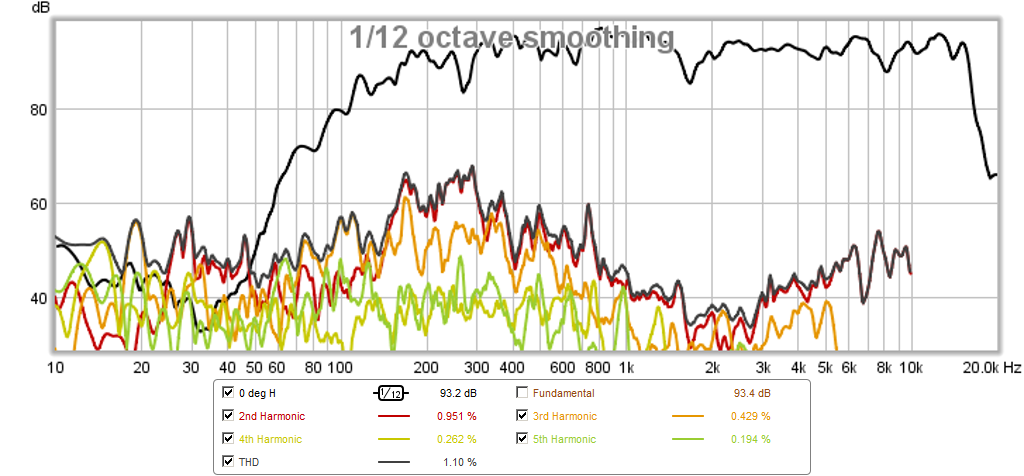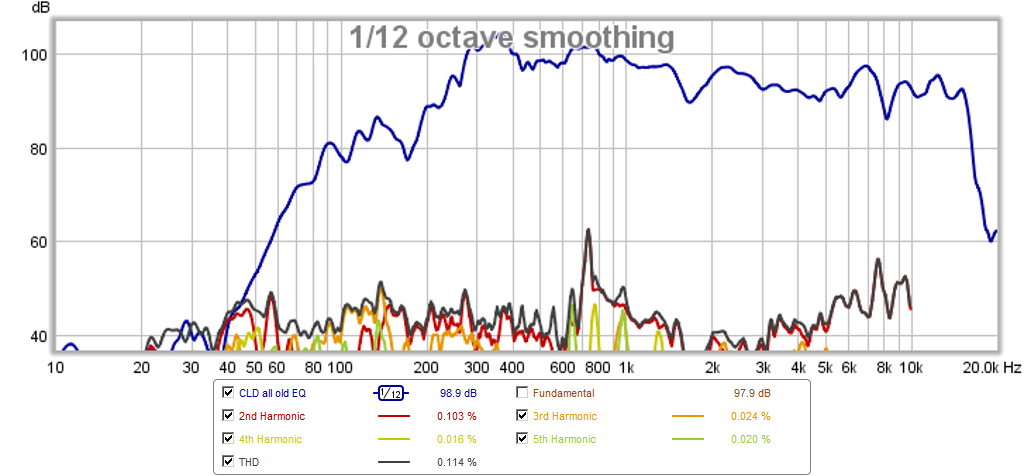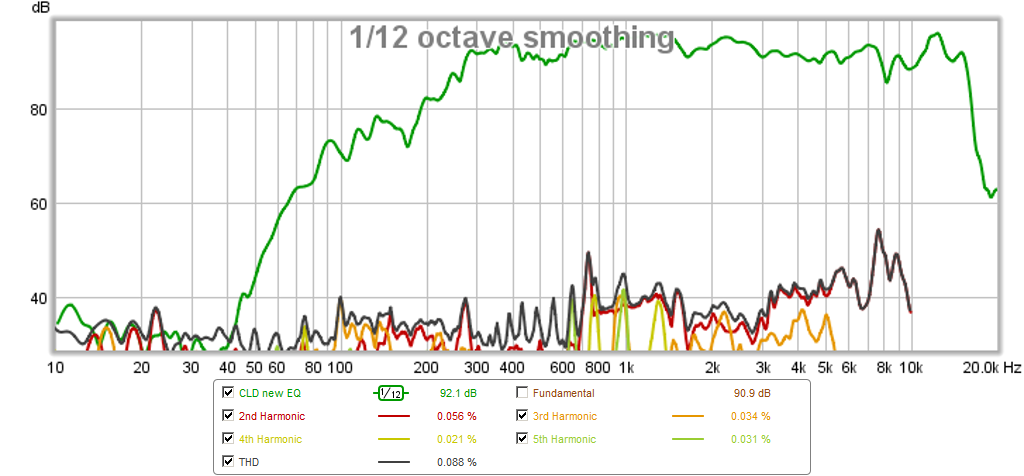In the composite world, there are various PUR foams that are pre scored and scrim coated on either side used in aviation and marine applications. They're expensive but labor saving as they save labor when forming curved shapes. Check Core-cell and Divinycell. Personally, I don't see any reason why Polyiso foam can't be used......it's much cheap and readily available as is EPS. Both will require using Epoxy instead of polyester as they will melt otherwise.
Now that is interesting and when I run out of my large stockpile of plywood it might be fun to play with those materials. For the present I am looking for a good 2k polyurethane adhesive that has the added benefit of damping.
I have done this before, and using a cross cut sled on a table saw, it is no challenge cutting enough kerfs to manage about any curve or shape. I have used generic construction adhesive to fill the kerfs prior to bending and then scraping the squeeze out before it dries after the bend. Construction adhesive dries to a pretty hard state and I don't know that there is enough of it to make a difference in the resonance of the panel. But this goop sounds better suited, especially if I wanted to laminate multiple 5mm panels that bend without kerfs versus the tried and true 18mm with kerfs to make it bendable.
I have done this before, and using a cross cut sled on a table saw, it is no challenge cutting enough kerfs to manage about any curve or shape. I have used generic construction adhesive to fill the kerfs prior to bending and then scraping the squeeze out before it dries after the bend. Construction adhesive dries to a pretty hard state and I don't know that there is enough of it to make a difference in the resonance of the panel. But this goop sounds better suited, especially if I wanted to laminate multiple 5mm panels that bend without kerfs versus the tried and true 18mm with kerfs to make it bendable.
Remembering my childhood years and model railroading, a product called Homasote comes to mind which was used as a board for the layout as it was extremely quiet and absorbed almost all of the resonance created by the trains and track. I wonder how a laminated construction of this would work with an outer skin of either plywood or fiberglass cloth and epoxy resin would work? The stuff is also used in museums and studios for sound control. They also now have a special acoustic version called 440 which is being used in residential sound control where a single 1/2 layer is said to equal the sound deadening of 1.25" of drywall. It's very light and easy to work with as I recall and its cellulose based so adhesion to wood products would be very simple. It's also really inexpensive.
Stick and knock 🙂 . Effect is listenable. Nothing like mdf or steel 😀steel (stiff and hard) and mdf (dampening) sheets combinations
Last edited:
Stick and knock 🙂 . Effect is listenable. Nothing like mdf or steel 😀
To that end, would testing prototype box as if it were a cajon be effective?
Sent from my iPhone using Tapatalk
I use a layer of about an 1/8". I trowel it on thick and then spread it out. Lay on the second piece and press lightly until there is some ooze at the edges and then I stop and let it setup.
I did that with my first speaker build years ago. With my current build I created a cavity (two sheets of thin ply with a 5mm gap in the middle) and drilled holes in the outside layer. I then pumped Expanding foam in the holes. All was looking good until about 10 mins after pumping in the foam. The foam was still expanding inside the box but the foam in the holes was hard (gone off, as they say in the trade). The panels started to bulge and some of the joints started to split open, so I had to quickly cramp the panel up, to stop them popping off.
The speakers still sound hollow in a lot of places, so my plan didn't work well at all 🙁
I will give "a little more info", but I won't give away all my secrets.
I use a layer of about an 1/8". I trowel it on thick and then spread it out. Lay on the second piece and press lightly until there is some ooze at the edges and then I stop and let it setup.
The rule of thumb is that both layers should be about the same stiffness and not too thin, but actual practice would take some experimentation. I don't CLD the side panels - I used to, but I could measure a difference when I stopped. The back panel and baffle are the largest panels and they are both CLD, with CLD internal cross braces. A single layer of damping fill is all I have ever seen done. This is not for "bullet proofing" mind you, that's different, this is damping for bending.
Thank you. I can appreciate the intelectual property at play and wasn't expecting to get all your secrets.
- Interesting the non-CLD side panels worked out better.
- Also interesting CLD internal cross bracing - I'm wondering how must these be used to be exposed to such bending.
- A single layer of damping.
Here is 2K Polymer Systems...I don't see any polyurethane, though. Maybe followed the wrong lead?
2K Polymer Systems Ltd
2K Polymer Systems Ltd
Well I know am late to this party but, I have read somewhere in a review about the Phy full range drivers and how the owner tests his speakers? I read he has a cement wall and cuts out the opening for his drivers and tests them? If am not wrong? He was testing to see if the cement walls would have any vibrations coming thru it? He was shaking the walls with his full range drivers if I remember right? Jm
Thank you. I can appreciate the intelectual property at play and wasn't expecting to get all your secrets.
Thanks again.
- Interesting the non-CLD side panels worked out better.
- Also interesting CLD internal cross bracing - I'm wondering how must these be used to be exposed to such bending.
- A single layer of damping.
[*]The non-CLD side were not better, they were just no different.
[*]Same principle of shearing the centerline elastic bond. A little tricky to layout but not something that can't simply be sketched out by someone with a little dynamics experience.
[*] always a single layer - I don't see how multiple layers would work any better.
On thin lightweight material like foam core, CLD makes a huge difference. I had a foam core tractrix horn and putting a layer of latex caulking between two layers of foam core brought HD down -20dB and -50dB overall. Made a huge difference in sound quality. The material need not be heavy like wood.
I had a foam core tractrix horn and putting a layer of latex caulking between two layers of foam core brought HD down -20dB and -50dB overall.
I'm sorry, but if HD means Harmonic Distortion, then such a thing would be virtually impossible. HD is created by the driver, not by the horn and you made no changes to the driver. How do you explain this?
I'm sorry, but if HD means Harmonic Distortion, then such a thing would be virtually impossible. HD is created by the driver, not by the horn and you made no changes to the driver. How do you explain this?
Okay then, what do you call any distortion that is added by a given horn ?
in other words, any sympathetic vibrations that occur and are amplified by a non secured object, are called what kind of distortion (in your book ?)
Those things do not create harmonics, but they do alter the frequency response. They are "distortion", but not "nonlinear distortion", and as such will not change the "HD" levels.
I'm sorry, but if HD means Harmonic Distortion, then such a thing would be virtually impossible. HD is created by the driver, not by the horn and you made no changes to the driver. How do you explain this?
AES E-Library Nonlinearity in Horn Drivers - Where the Distortion Comes From?
???
Those things do not create harmonics, but they do alter the frequency response. They are "distortion", but not "nonlinear distortion", and as such will not change the "HD" levels.
Vibrating horn walls certainly do alter the frequency response and add harmonic distortion that is extrinsic of the driver's native HD.
Here is my experience with a 5MR450NDY and a foam core tractrix without CLD:

And after CLD applied (I actually applied it live while music was playing and what a difference you can hear. Righty away):

With new EQ applied the response looks like this with CLD:

This was a particularly effective case of making the HD at 300Hz go from -20dB to -60dB (circa 95dB SPL). It is one of the cleanest sounding speakers I have ever heard after the CLD was applied.
Last edited:
That paper does not disagree with what I said in any way.
xrk971 - I can't explain your results, but I don't believe them. Something else is going on. Structural vibrations are linear unless they are very large, which should not be the case in a horn unless something was actually loose, in which case your HD measurement was actually noise.
So I would have to show you RTA measurements with sine wave forcing function before and after. I don't have it with me but this is indeed the case. You may not be familiar with speakers made of foam core - it is 0.1875 in thick polystyrene foam covered by thick paper facing. It is stiff for its mass, but quite flexible compared to wood of same thickness. With sufficient bracing. movements are reduced. It is far different than say, a fiberglass reinforced epoxy plastic horn, which, probably doesn't add any HD as its displacements are tiny relative to foam core.
- Home
- Loudspeakers
- Multi-Way
- The best cabinet material !!!!